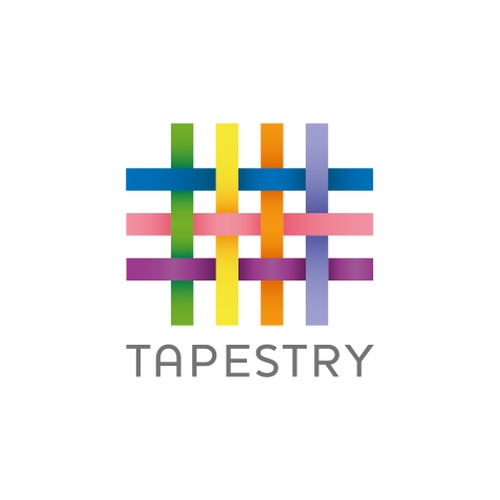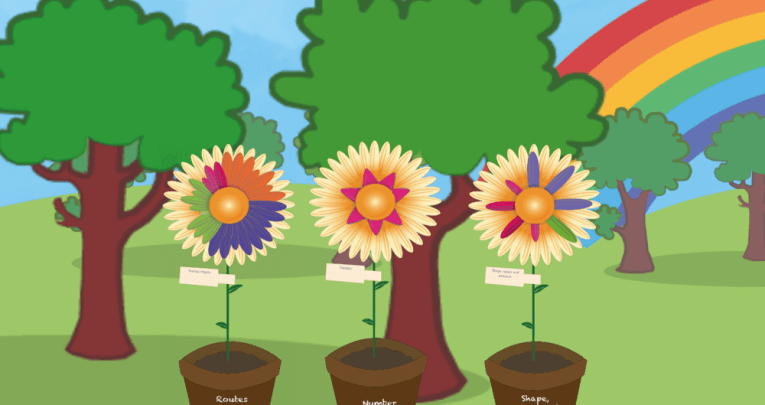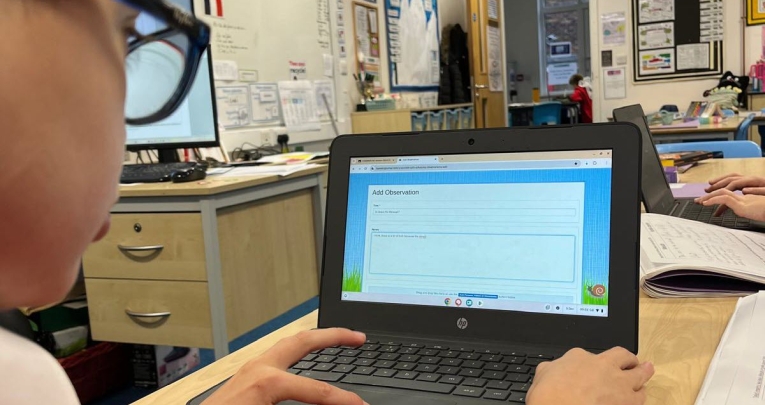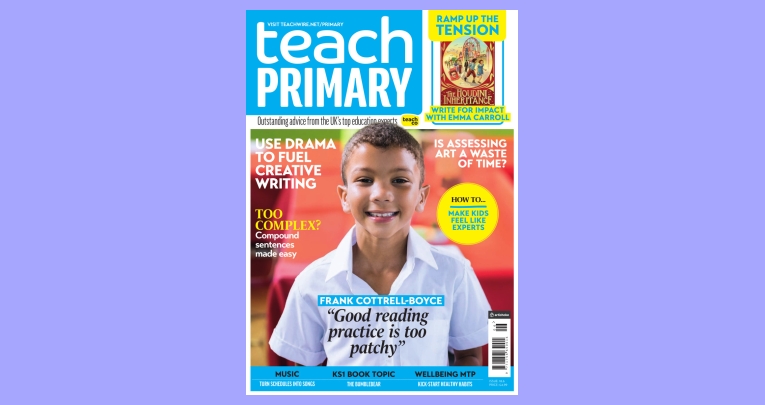Stephen Kilgour, SEND Advisor and Outreach Teacher at Tapestry, tells us about the company’s brand new, unique assessment tool for children with significant learning difficulties…
30-Second Briefing
Cherry Garden Branch Maps is a new assessment tool developed by an Outstanding special school in London for children with severe and complex learning needs.
The maps organise key milestones that you would expect to find in very young, typically developing children from birth to 5 years, with the aim of providing practitioners with an overview of a child’s current level.
What makes the Branch Maps different to existing assessment models? The maps are intended to be child-centred documents that allow for a flexible approach to assessment – moving away from previous models where the expectation would be that a child makes typical ‘linear’ progress.
A child’s learning journey can follow its own unique path, and the straightforward organisation of milestones means that adults can see if a child has missed a key step that is holding them back from moving forward.
How can they be used to enhance parental engagement? Cherry Garden School’s initial concept for its assessment system was based around an interactive ‘Cherry Orchard’ that parents/carers could explore to investigate the learning of their child.
Once the school had completed writing the developmental documents, it joined forces with Tapestry to make this idea a reality. Tapestry has brought the concept to life, creating an attractive, interactive orchard that shows multimedia evidence of a child’s learning.
How does the Cherry Orchard show progress to parents? There are two key visualisations in the Orchard. For a child whose needs are less complex or severe, their ‘cherry tree’ grows and leaves are added as they secure understanding. A parent can click on each leaf to see evidence of learning.
The tool allows users to take snapshots at any time to make comparisons in the future.
A child will have their own learning tree for each main curriculum area.
What about progress for children with the most profound needs? The second visualisation type in the Orchard is a ‘flower’. The flower’s interactive petals grow as a child gains understanding, but they also deepen in colour as a child generalises skills.
It is important for learners with the most significant needs that we celebrate this ‘lateral’ progress and help parents understand it more clearly.
Parents can therefore see evidence of the learning that has taken place by simply clicking on any of the petals.
What sets Cherry Garden Branch Maps apart?
- They provide teachers and support staff with key milestones in a typically developing very young child
- They demonstrate both linear and lateral progress – perfect for children with complex needs
- Parents can explore and understand their child’s learning through Tapestry’s unique visualisation system
To find out more, email tapestry.support@eyfs.info, visit tapestry.info and follow @MapsCherry on Twitter.
Stephen Kilgour worked at Cherry Garden School for 11 years, seven of those as deputy Headteacher.
He is now a SEND advisor and outreach teacher at Tapestry.











